Sometimes some groups of people come up with some crazy ideas. for example, that the Earth is a loose disk in space. Some of these theories are difficult to disprove, but others can be easily disproved by simple mental and physical experiments. All it takes is a little time, curiosity and patience.
See how you can be a scientist for a day and we debunk one of the most controversial theories of recent times: that the Earth is flat.
The world is in justice
Flat Earth theory is not new. For centuries, people have been developing crazy ideas about the formation of the universe and especially the Earth. Although the geocentric system has been denied for years, it sometimes resurfaces. Poor Nicolas Copernicus.
The newest flat Earth model appeared in 1849 with Samuel Rowbotham. He produced literature about the Earth not being a sphere but a flat system with floating continents surrounded by ice.
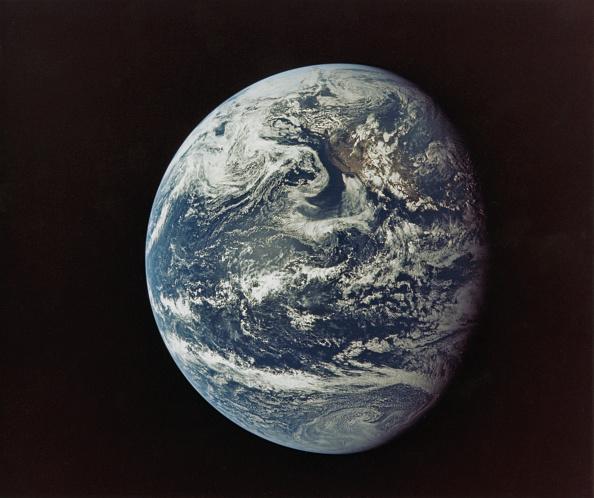
Since then, some followers have kept these theories alive, and with the emergence of social networks and publications, the voice of the conspiracy has become infamous. There are even studies suggesting that YouTube is partly responsible for this situation.
Flat earthers’ justifications are diverse, but all of them can be easily refuted. Now you can test it from your backyard!
backyard scientist
Those who think that a scientist lives only with the latest technology are mistaken. The first thinker to prove that the world is round was Eratosthenes..
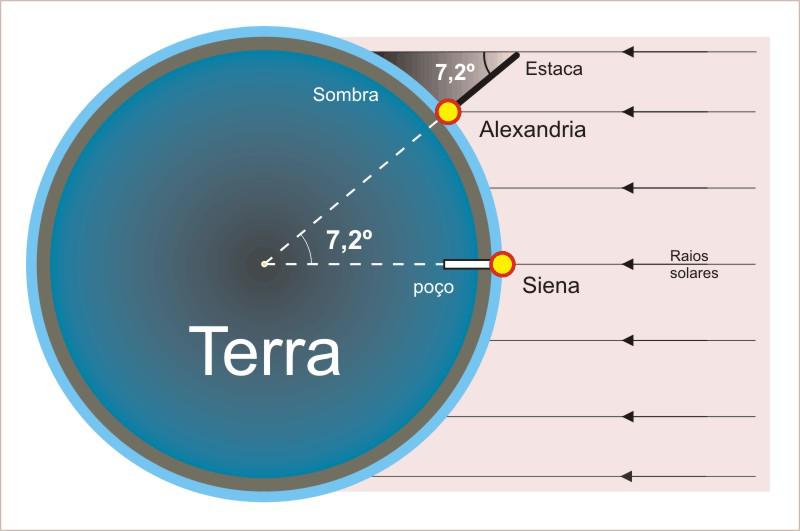
With a stick and a long walk, he was able to calculate the ratio of the shadow cast on the ground by the stick when it hit the Sun from different positions simultaneously.
Going back to the basics, you can run your own experiments with five easy tips. See below!
5 experiments that prove the world is not flat
1. Lunar Eclipse
Lunar eclipses are a good example of the sphericity of the Earth. The shadow cast by the Earth on the Moon is complete. Covering the entire lunar surface in a growing spherical shadow. Astronomer Neil deGrasse Tyson in a humorous post Theories have already been put forward about what a lunar eclipse would look like on a flat Earth..
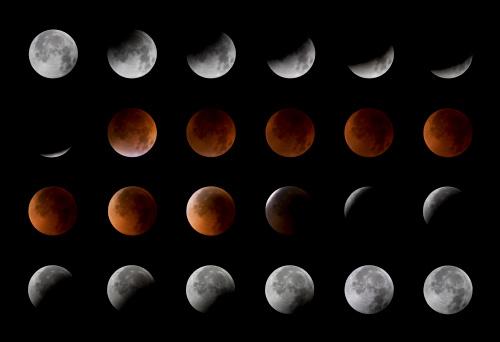
2. Observing the horizon
Looking at the horizon can be extremely useful. In this experiment, choose a place with a good view of the horizon. You can go out into the open sea, from the top of a mountain, or even from a viewpoint.

As the sun moves towards the bridge, You can see the color and design differences in the drawing of the Earth’s circumference from the difference in lighting.. On the high seas, you can watch how boats and ships gradually disappear, first from the bow, then from the masts and, finally, from the stern. The reverse path is also valid.
3. Observing other worlds
With a simple telescope or by visiting a planetarium you can observe other planets, check their shapes, how they behave and, most of all, realize that the earth has gone far beyond our little blue planet.

It should be noted that in order for a candidate star to be considered a planet, it must have three basic characteristics: orbiting a star, having a round shape, and being the main orbiting body in the system. If the Earth is flat it is not a planet.
4. Air travel
It’s not in your backyard, but you can use your vacation trip to prove a scientific fact. On transoceanic journeys, planes travel west-east to optimize the route. Due to the rotation of the earth and to benefit from air currents.

It also becomes easier to see the curvature of the Earth at higher altitudes. On your next road trip, take out the window and look outside.
5. Time zone
Have you ever thought about why a time period exists? Due to the sphericity of the Earth, the Sun shines differently in each region of the world.
Through standardization, We experience an hourly increase or decrease for every 15 degrees. Therefore, when you go to other countries, even South America, there will be a time difference.
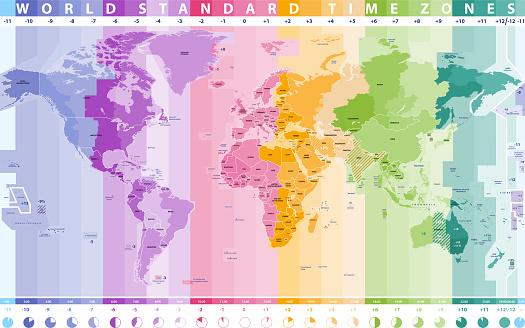
Bonus tip for kids
This tip is for kids to do on sleepover nights. With a flashlight, you can illuminate the shadows of different spherical objects by projecting them onto the wall.
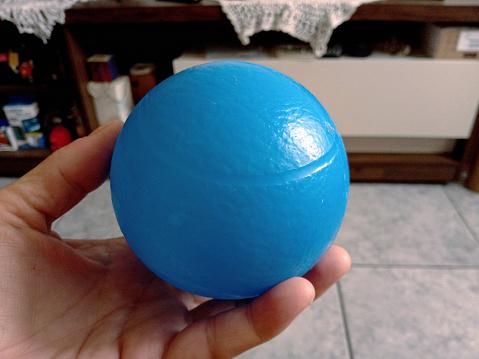
You can simulate Earth’s rotation and translation, create eclipses, and teach about the vast solar system! Become a scientist too.
Did you like the content? So, stay up to date with more topics like this on TecMundo and take the opportunity to discover what an old flat earther has to say about motion.
Source: Tec Mundo
I’m Blaine Morgan, an experienced journalist and writer with over 8 years of experience in the tech industry. My expertise lies in writing about technology news and trends, covering everything from cutting-edge gadgets to emerging software developments. I’ve written for several leading publications including Gadget Onus where I am an author.













